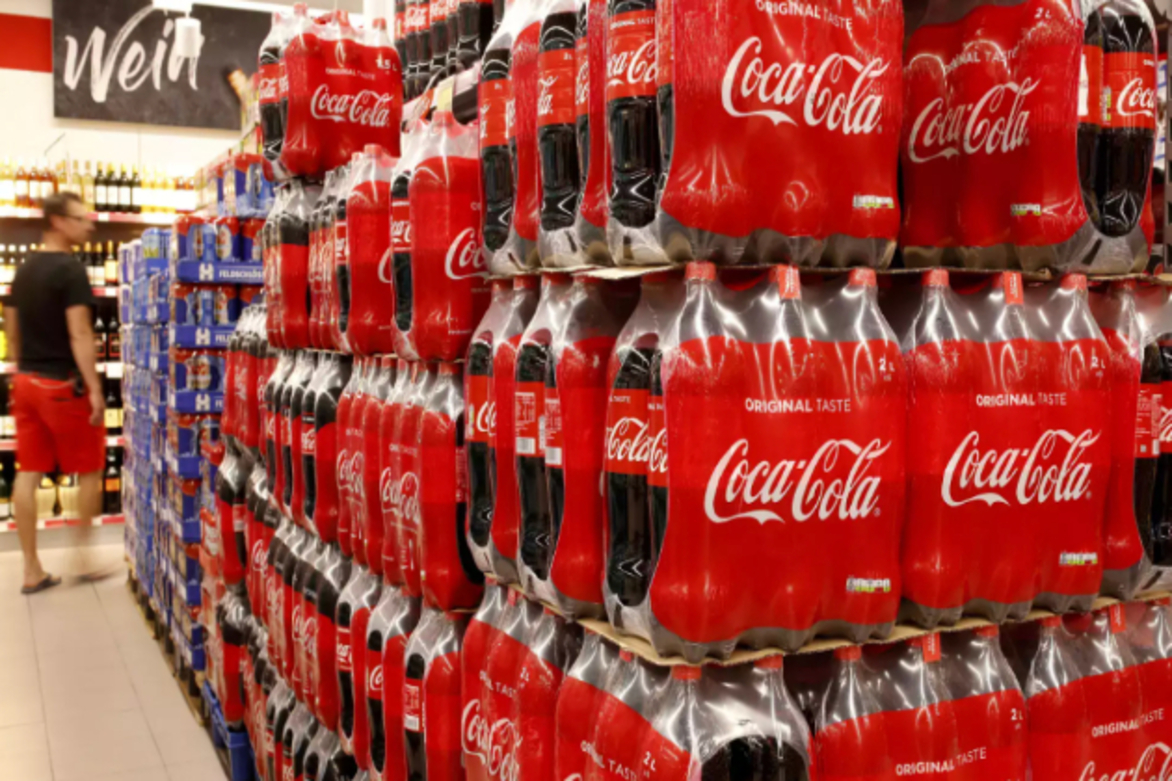Sales rebound: Coca-Cola's unit volumes rise 2%, beating expectations
Robert Besser
16 Feb 2025

ATLANTA, Georgia: Coca-Cola reported a six percent revenue increase in the fourth quarter, driven by strong global demand, innovative new flavors, and a rebound in key markets.
The company also reversed a previous decline in sales volume, with unit case volumes rising two percent, exceeding Wall Street expectations.
Despite ongoing economic pressures, CEO James Quincey expressed confidence in the company's ability to navigate the Trump administration's increased aluminum tariffs, which jumped from 10 percent to 25 percent this week.
"It's not insignificant, but it's not going to change a multibillion-dollar U.S. business radically," Quincey told investors. "It's a cost. It'll have to be managed. It would be better not to have it, but we are going to manage our way through."
Coca-Cola's total revenue reached US$11.5 billion, surpassing analysts' estimates of $10.68 billion. Seasonal and limited-time product launches, including Sprite Winter Spiced Cranberry, Fanta Beetlejuice, and Oreo-flavored Coke, fueled the strong performance. The company also plans to roll out Coca-Cola Orange Cream in North America this year.
Sales improved in previously struggling regions such as China and the Middle East, where McDonald's also reported stronger fourth-quarter performance.
The company's Coca-Cola Zero Sugar brand saw 13 percent growth in the quarter, continuing its strong momentum worldwide. Meanwhile, water, coffee, tea, and sports drink volumes were up two percent, while juice, dairy, and plant-based beverages declined one percent.
Coca-Cola also raised prices by nine percent during the quarter, citing inflation in key markets like Argentina and the growing demand for premium beverages such as Fairlife milk and Topo Chico sparkling water.
Quincey acknowledged that lower-income consumers in the U.S. and Western Europe have been cutting back on spending, a trend that could continue in 2025. However, he emphasized the overall stability of global demand.
"I think the overall consumer environment is pretty stable," he said. "There's good economic growth on a broad-based view around the world."
To maintain affordability, Coca-Cola has expanded smaller pack sizes and refillable bottle options in specific markets.
For the October-December period, Coca-Cola's net income rose 11 percent to $2.2 billion, with adjusted earnings per share at 55 cents, beating analysts' forecasts of 52 cents.
Looking ahead to 2025, Coca-Cola expects organic revenue growth of five percent to six percent, following a 12 percent increase last year. The company's shares rose nearly four percent in early trading on February 11.
